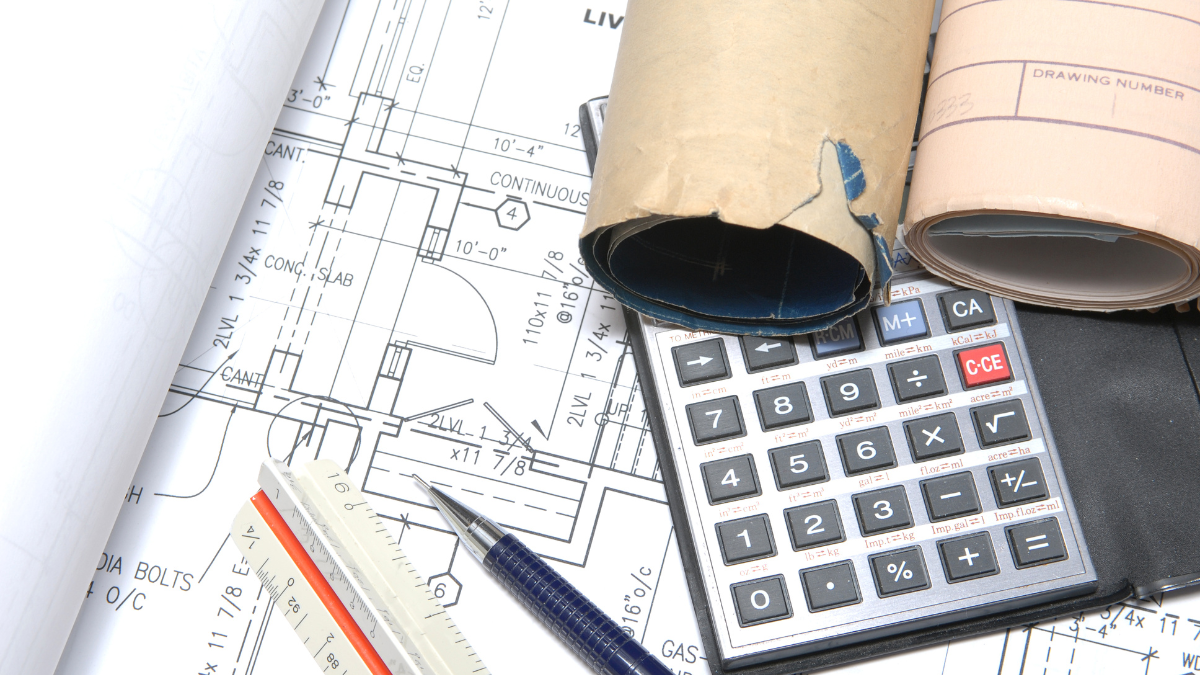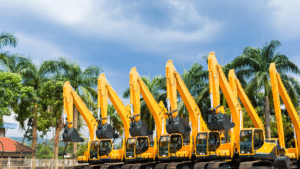Embarking on a new construction project can be exciting and daunting at the same time.
Yes, you and your team get to create something new and innovative, but planning and completing a project successfully also comes with the challenge of working on a tight schedule and with budget constraints.
That is why it’s important to be aware of the role of cost control in construction, as well as the challenges that come with it.
In this article, we are going to focus on 5 common obstacles you may encounter while trying to regulate the costs of your construction project, as well as provide you with ideas on how to overcome them.
In this article...
Inaccurate Initial Cost Estimations
Managing and regulating expenses associated with your construction project to ensure that it stays within the agreed-upon budget is no easy feat.
However, the first step towards successfully pulling it off is to accurately assess the costs associated with each and every aspect of your project from the very beginning.
Therefore, we could say that accurate initial cost estimations serve as the foundation for good construction cost control.
But when this foundation isn’t set, this can lead to serious financial consequences.
So, before we dive into how you can avoid inaccurate initial cost estimations, we need to uncover why they happen in the first place.
We listed some of the reasons in the image below:
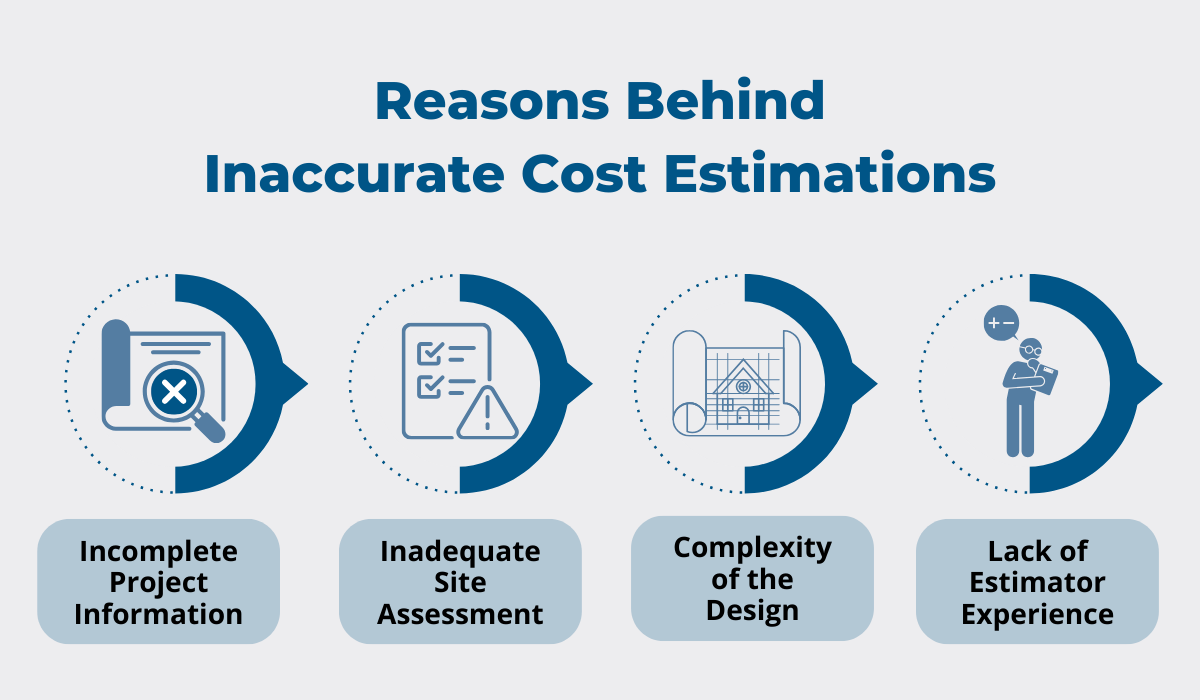
For starters, if the project information you have is incomplete, this can lead to errors in the initial cost assessment.
Imagine if you and your team were provided only with the most basic information about the house you need to build, but weren’t told what materials to use.
How are you supposed to make an accurate initial estimation?
Similarly, if you’re underinformed about things like soil conditions or accessibility issues on the site, these site-specific challenges can lead you astray in your estimations.
And what if the design of the structure you’re building is innovative or just really complex?
If you underestimate the complexity of it, cost overruns are bound to happen.
Add to that the possibility that your estimator might not be very experienced, and inaccurate initial estimations become a very likely scenario.
So, how do you avoid all this?
The short answer is: arm yourself with plenty of time and information.
Accurate project cost estimates can only happen if you invest time and effort into thoroughly understanding the project—from its scope to any special requirements due to the site conditions.
Make sure to speak to other stakeholders, like architects, designers, and engineers, to get a full picture of the project and avoid any ambiguities that could lead to inaccuracies.
On top of that, don’t forget to do market research:
- Are the material prices fluctuating at the moment, and why?
- What are the labor rates like?
- Is the project going to require new equipment, and how much could that cost you?
All of this information, combined with employing experienced estimators and implementing technology such as BIM and construction estimating software, can help you create accurate and realistic cost estimates.
Uncertain Project Scope
As we mentioned in the previous section, understanding the scope of the project is a crucial part of successful cost control in construction.
Project scope, also known as scope of work, can be defined in the following way:
The scope of work in construction is the list of construction obligations, as well as work activities that all contractors, subcontractors, and suppliers are obligated to do.
Seeing as it defines exactly what work needs to be done, it is clear that clear project scope is key for not only accurate cost estimation, but also for ensuring that you allocate all of your resources—equipment, materials, and labor—in an optimal way.
This, in turn, ensures the project progresses as planned and doesn’t result in budget overruns.
But what happens when the scope is unclear and changes during the construction process?
The result is, explains project management expert Oliver Yarbrough, scope creep:
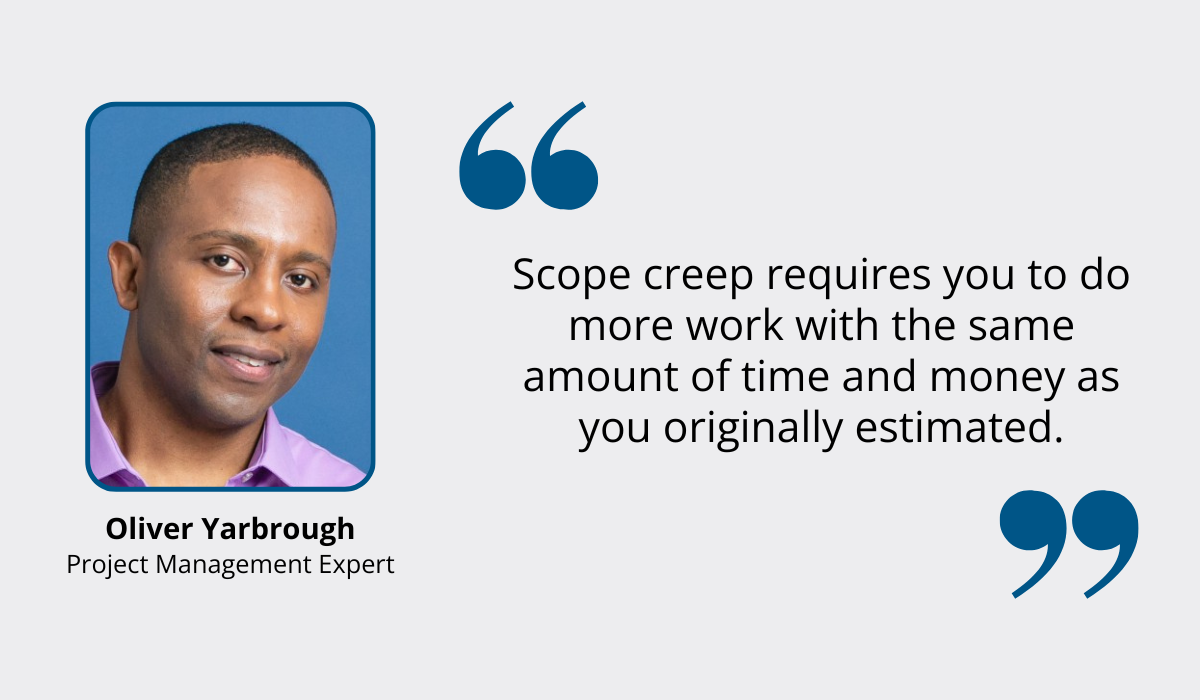
These unforeseen additional requirements can suddenly make any initial cost estimates no longer accurate, thereby causing budget overruns.
Let’s say you were tasked with building a three-bedroom, two-bathroom house.
Then, with the construction process already in motion, the client decides they want you to build an additional bathroom.
This scope change would certainly derail your project, causing a schedule delay, requiring additional labor and materials, and increasing the project cost beyond the already agreed-upon budget.
So, how do you avoid major changes like this?
Kevin Chiswell, Project Coordinator at the construction company Amsted, advises trying to mitigate scope changes by conducting thorough pre-project preparation.
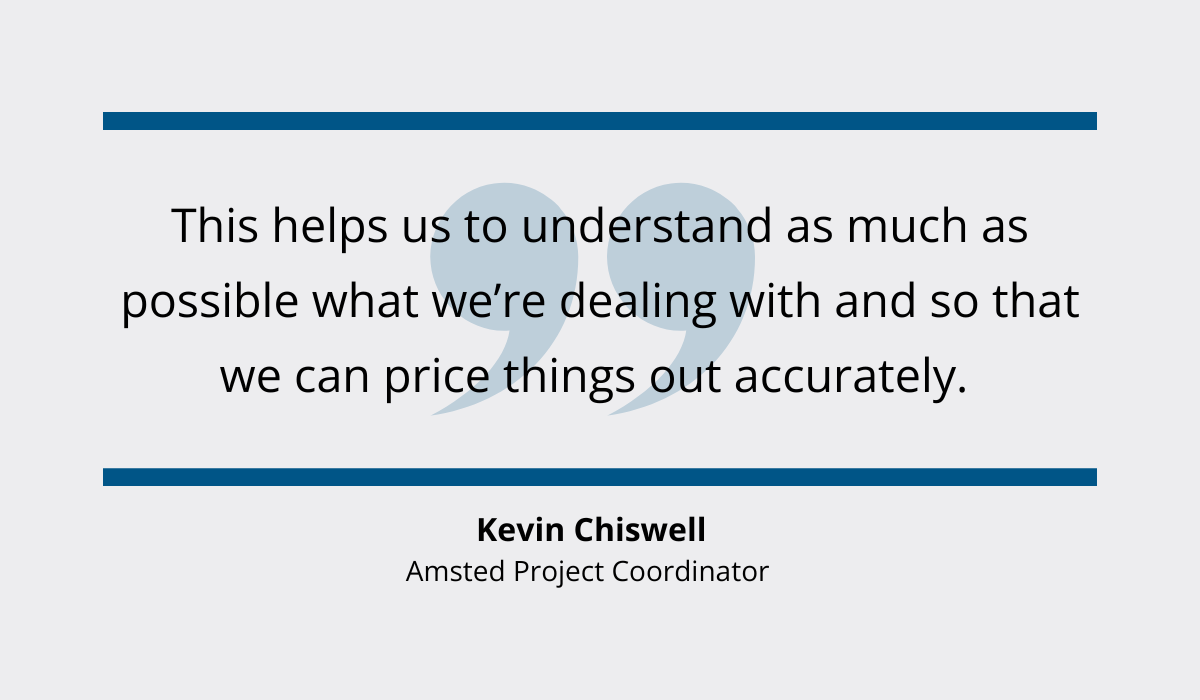
On top of that, make sure to openly and clearly communicate with the client about their vision for the project and the expectations they have.
This will help you anticipate potential changes, and discussing them upfront will prevent them from becoming an issue.
Lastly, don’t forget to document any project scope changes in writing, and make sure to use specific language when describing them.
That way, in case there is a dispute, you can prove what additional work has been agreed upon and ensure you get paid for it.
And remember: while slight tweaks to the scope of work aren’t unusual, making an effort to clearly define the project scope from the get-go can save you the headache and ensure you stay in control of project costs.
Fluctuating Material Costs
It’s no secret that construction material prices tend to fluctuate.
According to the latest Building materials and components statistics, courtesy of the UK Department for Business and Trade, the material price index has actually decreased by 2.3% in November 2023 compared to the same period the year before.
However, over the course of the past several years, the construction industry has experienced price increases due to severe supply chain disruptions and geopolitical issues.
For instance, Germany’s national railway company Deutsche Bahn was forced to revisit their budget for the Stuttgart 21 project multiple times, requiring an extra €950 million precisely because of the volatile prices of construction materials.
And this was not an isolated event.
Material price surges affected construction professionals all over the world, and they weren’t limited to only specific materials.
To illustrate, take a look at Yield Pro’s chart depicting the price movement of multiple different types of materials between May 2019 and May 2022.
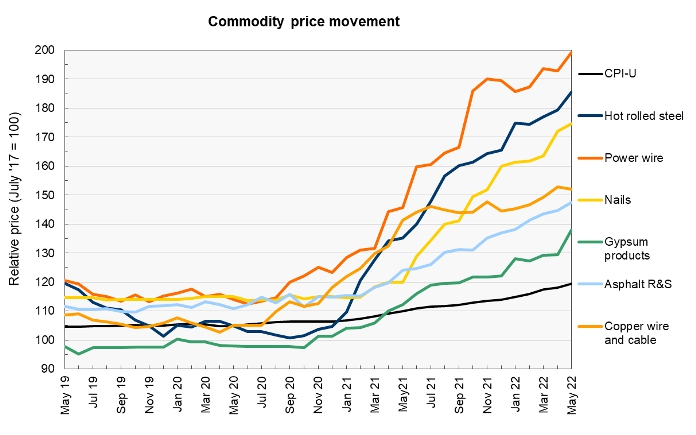
Such spikes in material prices can make it challenging for you to control project costs and cause a plethora of issues, such as budget overruns and costly project delays.
For example, if you plan the budget for lumber based on the current market prices, and then the lumber prices suddenly increase, you’ll be forced to buy it at a higher-than-anticipated price.
Alternatively, you can look for and evaluate an alternative lumber supplier to mitigate the impact of the price surge, but this is likely to negatively affect the project timeline.
You may feel like this is a lose-lose situation, seeing as you have no control over material prices.
However, you can prepare for them.
Mutaz Muhammad Said, Project Controls Manager at the engineering and project management firm AtkinsRéalis, highlights that developing a flexible budget is key.

Aside from creating a contingency fund that will absorb unexpected costs, you can protect yourself—and your bottom line—by including a price escalation clause in the construction contract.
As its name suggests, the purpose of a price escalation clause is to account for and accommodate potential fluctuations in material prices during the course of the project.
That way, your construction company is protected from having to bear the additional costs incurred by price surges you simply can’t predict.
Of course, make sure to clearly communicate the purpose and implications of this clause to the client.
After all, it is in the best interest of both parties that the project gets completed on time and to the highest degree of quality.
Unforeseen Environmental Conditions
Aside from material price surges, another challenge that is out of your hands, but that can impact your cost control efforts is unforeseen environmental conditions.
These conditions can range from something straightforward like adverse weather conditions, to more complex issues such as soil contamination or the discovery of hazardous materials.
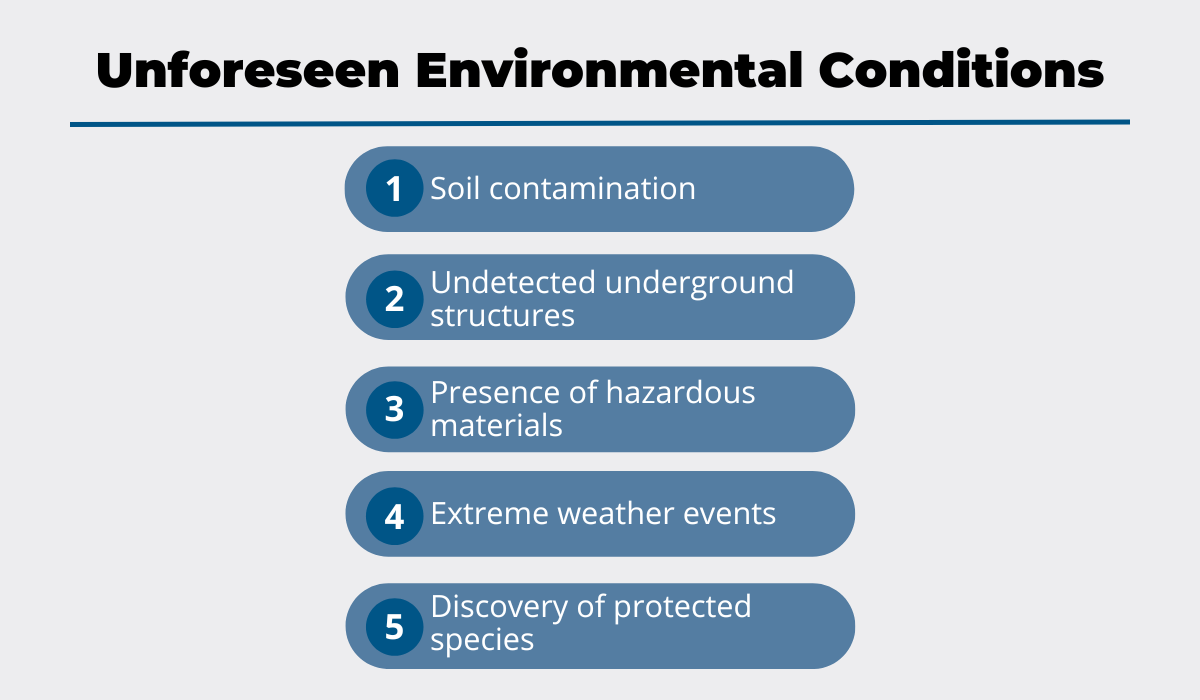
Whatever the case may be, unanticipated conditions can significantly disrupt your project schedule, leading to delays and requiring additional efforts that are bound to cause further expenses.
Let’s say that your team just started excavation on the construction site and stumbled upon unstable soil—something that wasn’t an issue during the initial site assessment.
Or what if the weather conditions suddenly change, with constant rain turning the site so muddy that it becomes unsafe for your workers and starting to wash away the concrete they just poured?
What are your options in unfavorable scenarios like that?
All you can really do is stay prepared and do your best not to allow unforeseen conditions to derail your schedule and budget.
Of course, environmental challenges such as floods cannot always be predicted—but you can always implement measures like ensuring proper drainage and covering the materials and equipment to minimize their impact.
With that being said, the safety of your workers always comes first, and you want to make sure that work can be paused without damaging the timeline and cost of the project.
That is why it’s important to discuss the possibility of delays due to force majeure events with the client ahead of time.
Make sure to agree on what constitutes an acceptable delay, proactively notify the client if a delay does happen, and keep a written record of it all.
It is not uncommon to include a force majeure clause in the contract, as it can protect both you and the client in events that are beyond your control.
Below, you can see some examples of what such a clause might look like.
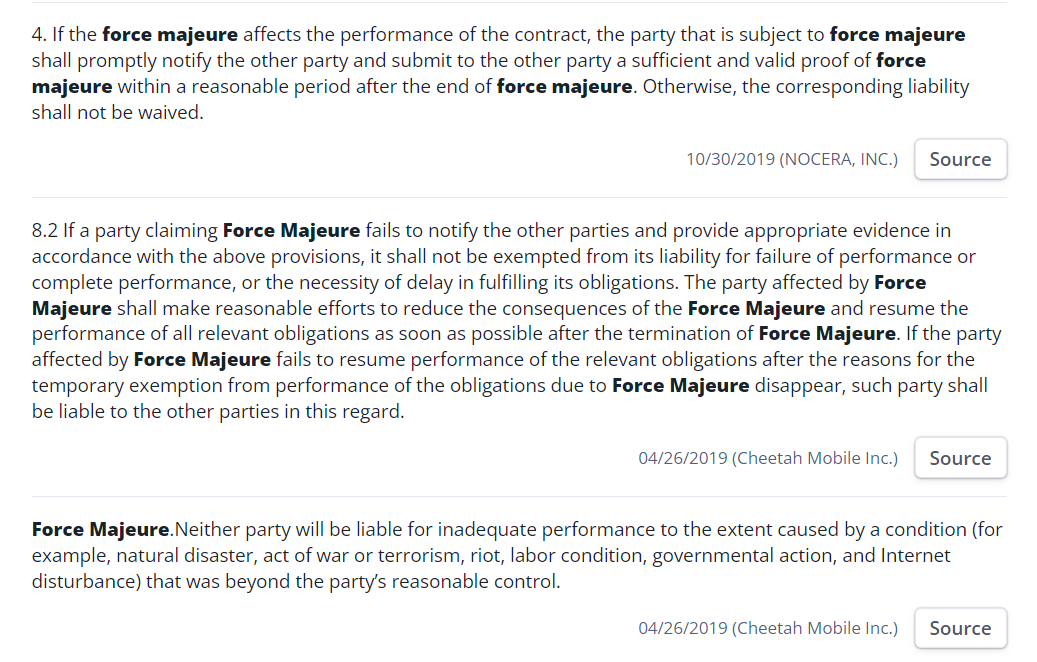
While dealing with unforeseen environmental challenges can be frustrating, proper planning for such uncertainties is essential.
It will enable you to finish the project within the agreed-upon timeframe and budget and ensure client satisfaction, so don’t forget to account for the possibility of these events.
Inefficient Processes
As an experienced construction professional, you know how important it is for your project management efforts to be efficient.
With solid workflows in place, you can make sure that your projects are completed on schedule, with optimal resource utilization, and with no budget overruns.
However, this is often easier said than done.
According to McKinsey, a staggering 98% of megaprojects suffer major cost overruns, and 77% are at least 40% late.
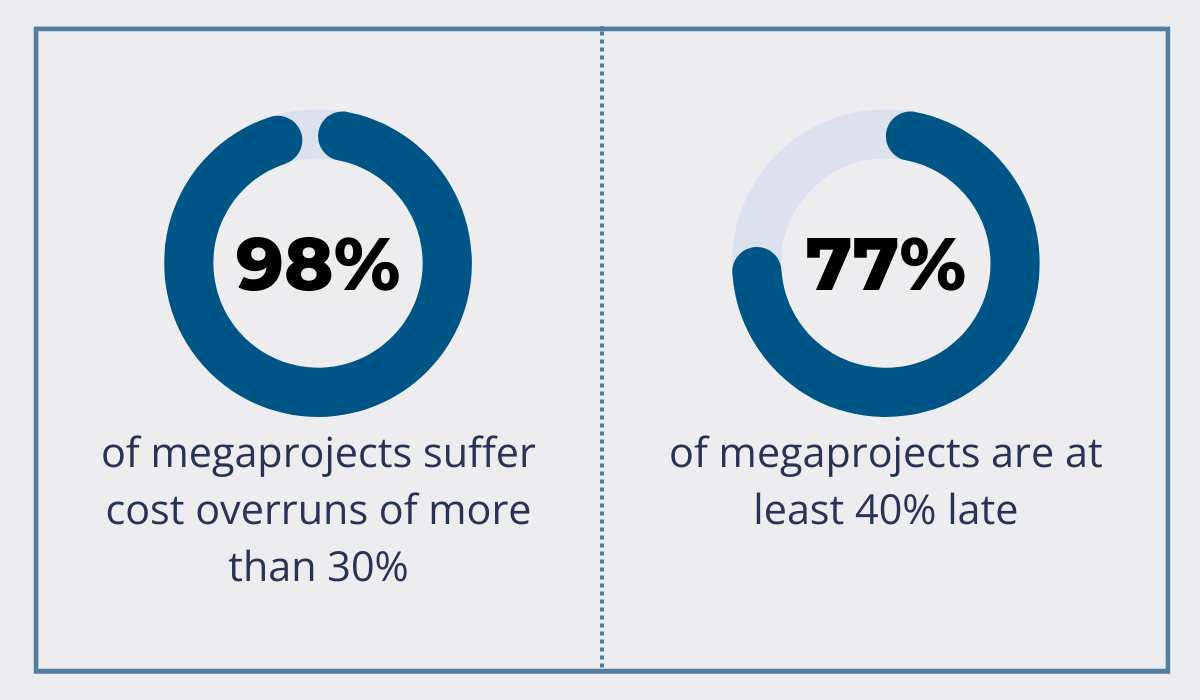
A lot of construction companies are still stuck using outdated and inefficient processes that hinder their ability to meet the expectations we described above.
The good news is, this issue can be fixed by implementing software solutions that improve your efficiency and adherence to the agreed-upon budget.
Aside from using construction material takeoff tools to quickly and accurately estimate the cost of materials, you should consider investing in software that will enable you to keep track of your tools and equipment.
Namely, staying on top of the status, location, and availability of your assets is a key part of successful construction project management.
It helps you to efficiently allocate your resources and control costs by preventing loss and theft, as well as allows you to identify opportunities for productivity improvements.
Our own software, GoCodes Asset Tracking, is an example of a well-rounded solution that can help you achieve all of that.

GoCodes Asset Tracking is a tool and equipment tracking solution that is comprised of cloud-based tracking software, durable QR code tags, and an in-app scanner.
All you need to do is apply the QR code tags to the tools and equipment you want to track and enter the data about them into the system.
Then, you and your crew can scan the tags using the app in order to check the tools and equipment in or out, or simply to see where they are and whether they’re available for use.
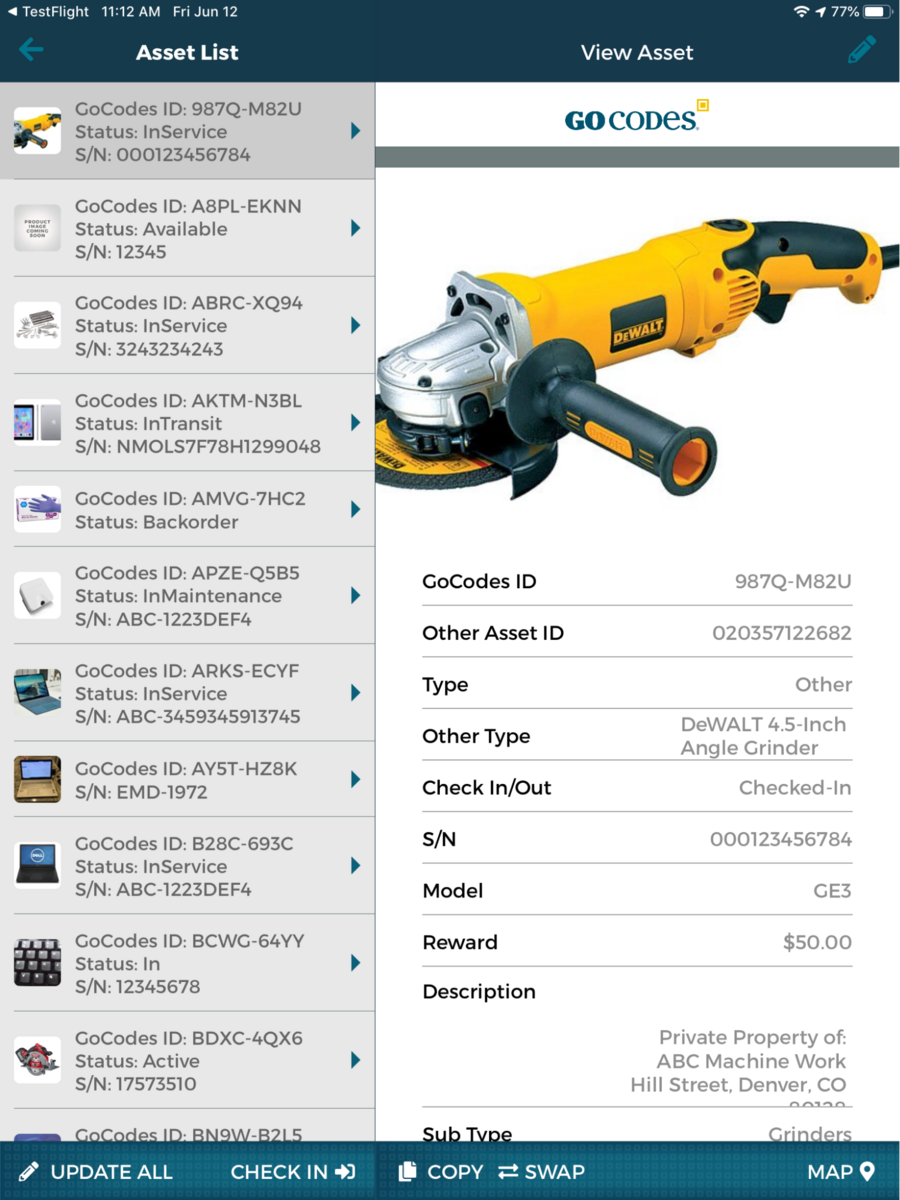
When you monitor where each one of your assets is and who is using it, you don’t have to worry about them getting stolen or misplaced and having to constantly repurchase them.
Knowing how costly that can get, investing in tracking software is definitely a more affordable, long-term investment.
So, if you’ve noticed that your cost control struggles are caused by inefficiencies in your processes, look into some of the software solutions we suggested—they are bound to help.
Conclusion
Given how many moving parts are involved in each construction project, it is no wonder that cost control can get challenging.
From dealing with inaccurate cost estimations and changes in the project scope to issues outside of your control—like volatile material costs and unforeseen environmental conditions—it can be difficult to finish your projects within the designated budget.
However, we hope that the solutions we presented in this article will help you tackle these issues and keep your project costs in check.

